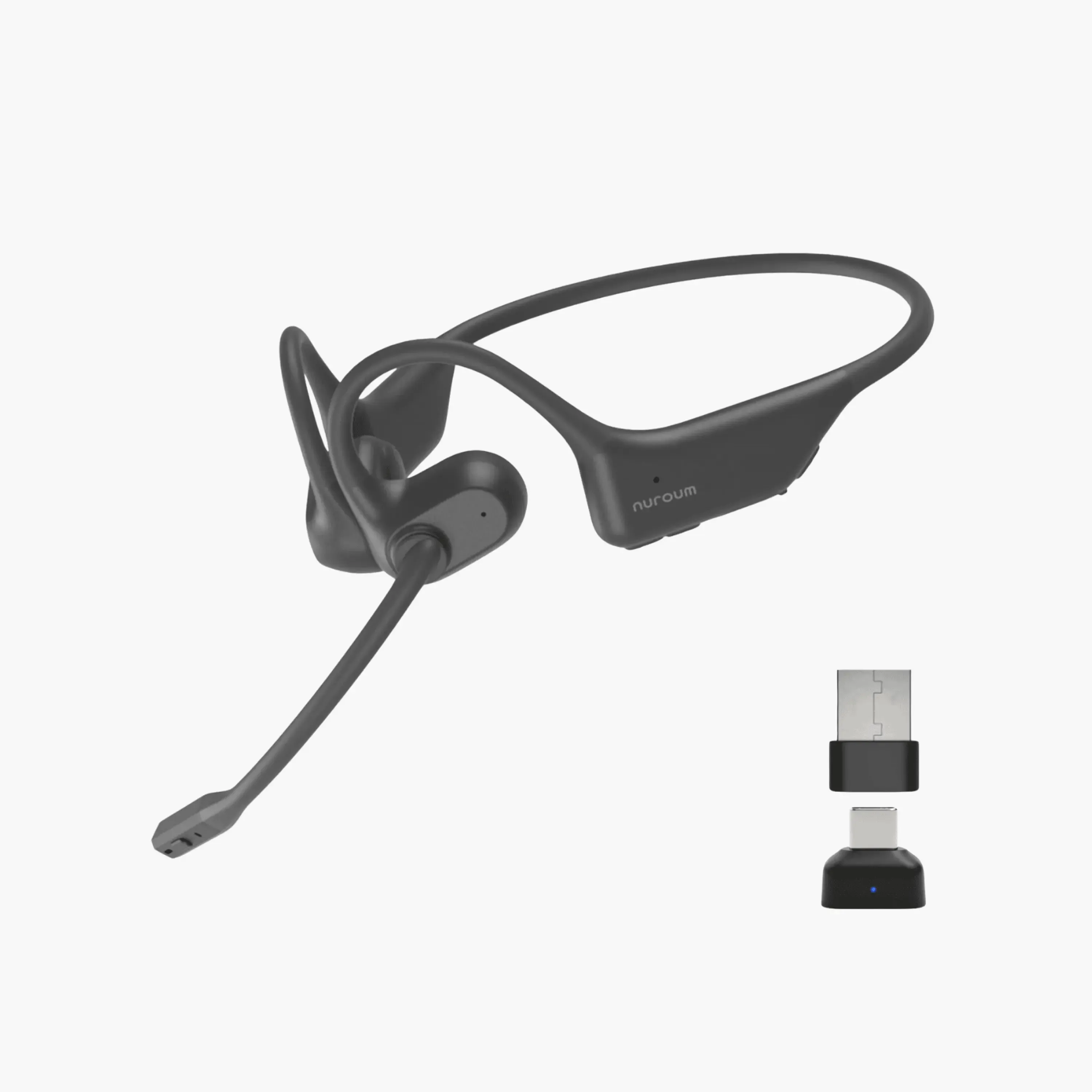
The ability to compress deep neural networks into a noise reduction application has the potential to make this technology more accessible and efficient. Noise reduction is an important application of deep learning technology, as it can improve the quality of audio and video recordings by removing unwanted background noise. This can be particularly useful in settings such as video conferencing, where clear communication is crucial.
For example, smart cameras, all previous solutions run models and inferences on GPUs in the cloud. But these cloud-based solutions are slower, more vulnerable to privacy breaches, and when dealing with many tasks, it is not fully adaptable to all applications. And it usually requires consumers to cover the cost through cloud subscription fees, which will be a hefty expense.
To address these challenges, NUROUM uses deep learning AI noise reduction technology to allow users to achieve it without any cost. Nearify, which is developped by NUROUM, operates its deep learning model using a process called noise reduction or noise canceling. This process involves training a neural network on a dataset of audio samples with noise. The network learns to identify the noise patterns and remove them from the signal, resulting in a cleaner audio output.
How NUROUM solves the challenges posed by GPUs on the market?
Step 1: Collect raw data
First, we will collect a variety of environmental noises, such as dog barking, air conditioner sound, footsteps, keyboard sound, knocking sound, whistle sound and so on. This is followed by collecting pure human voices, including different ages, different races, genders, etc., so that we can train the model to robustly recognize people in various situations.
Step 2: Create training data
After collecting the original data, we need to clean the data and remove some "dirty data", such as noisy human voice data. Then the noise and pure human voice are mixed according to a certain method as training data, and the pure human voice is used as a training label.
Step 3: Train the model
Model training is a process of supervising model learning through labels. Once we have a large amount of labeled user audio data, we are able to train the model using our NUROUM proprietary training workflow, which is designed to automatically train the model.
Step 4: Testing and quality assurance
In order to understand the effect of the model, we verify the performance of the validation set that does not overlap with the training dataset. The performance of the validation set is somewhat representative of how the solution will perform in production. A good validation s
et captures the diversity and variability of the sample population, e.g. across various scenarios, viewpoints.
Step 5: What NUROUM shipped to NEAIRFY
Once we have a trained model, shipping it to the application is very simple. After a series of engineering methods, we can put the model into some edge computing devices. When the user starts the device and turns on the noise reduction function, the noise from the outside world will be collected by the device and sent to the algorithm, and then the algorithm will eliminate the noise, to preserve the clean and clear vocals.
Step 6: Use user feedback to understand model shortcomings
While we have solid ways to understand model performance, for any commercial deployment of a machine learning solution, it is critical to understand how the model performs in the real world and to what extent users believe that it is actually solving the user's problem, To enable users to continue to have a better experience, NUROUM welcomes more interested partners to join the beta community, share feedback, and share demonstration videos of model failures or successes.
Step 7: More training and model optimization
Based on the feedback we received from users and additional demo videos, we were able to locate where the model was falling short and then take appropriate action, repeating the above steps to further improve the model's performance.
Step 8: Integrate the model into an intuitive user experience
Bringing AI capabilities into a product is something that requires careful thought. AI is a powerful technology, but it needs to focus on solving user problems to be effective. To provide an improved user experience with noise cancellation, we work together to ensure that complex technology does not create a complex user experience.

Conclusion
NUROUM's deep learning model for noise reduction is designed to be lightweight and efficient. By using a local model, NUROUM eliminates the need for cloud-based processing and reduces the risk of privacy breaches. Additionally, NUROUM's model can be customized to adapt to different types of noise or audio signals, making it suitable for a wide range of applications.
At present, Nearify has been launched as a free noise reduction APP, which can be downloaded and used on Windows and MacOS, which also means that this solution has been realized and is available to the world for free. We will continue to actively monitor user feedback and strive to make the model as accurate and useful to you as possible.















































